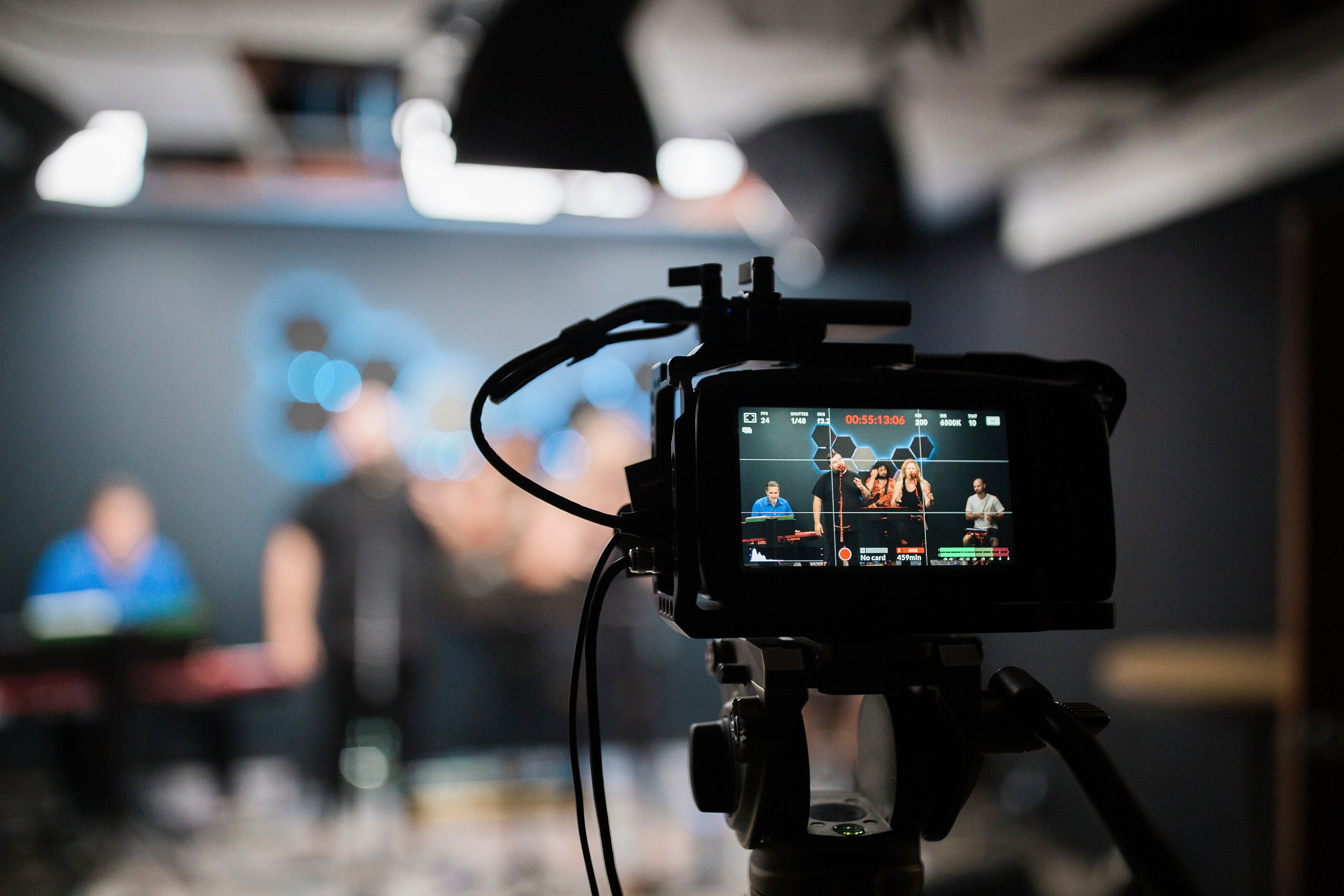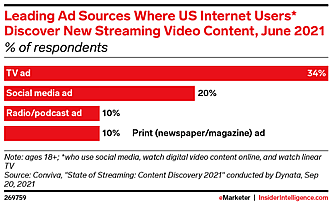Brand films and documentaries: the industry-shaping trends

In the past decade, more and more brands have jumped on the bandwagon of brand films and branded entertainment. What are the trends that will shape the next generation of series, films and documentaries?
Every year, brands are investing more and more in content.
What does that mean? These are brands that are looking to create a meaningful connection with their audience and want to go beyond the interruptive nature of regular advertising. In short, they want to bring value, but from a different perspective than what their products or services offer.
As we often discuss with clients here at Toast, this value the content provides to its intended audience usually falls somewhere between three different objectives: inform, educate and entertain.
This context has been the foundation of the rise of branded films, branded documentaries and branded entertainment since the 2000’s and the past few years have seen the number of these types of initiatives explode.
This article focuses on 6 trends we’ve seen over the past few years and how they might shape some of the projects that will see the light of day in the coming months and years:
- The rise of the great outdoors
- The case for performance
- Taking a stand
- Blending traditional and digital distribution
- Brand as media
- Brand as hero
The rise of the great outdoors (the only true COVID-19 trend in the list)
Ok, we did mention “years” a few sentences earlier, and this is one trend we know for a fact it was caused by the pandemic of COVID-19 and one could think it is only temporary, but we believe that this could actually become a permanent fixture in the overall branded content field.
In a Forbes article, Reilly Parkhill, Program Manager at BrandStorytelling.tv, outlined this trend as being notable for the fact that because of production limitations in the years that characterized the COVID-19 pandemic, more and more film productions had to move their sets outside… I mean physically out of a building… to be able to shoot and respect sanitary measures.
This paved the way for outdoor and sports brands to easily adapt their content strategies to safety measures, some didn’t even have to change anything as concepts and creatives were already planned for exterior shooting.
Why is this a trend? We believe at Toast that this will create even more examples of apparel, outdoor, adventure and sports brands to consider brand films and documentaries, as the rolling effect of high-quality productions will prove to be great connection engines between brands and audiences. And what do you know, it might well even convince other brands to do the same.
The case for performance
Content marketing’s impact can sometimes be hard to measure and quantify. There, we said it.
But that is when you do not focus and agree on the right metrics from the get-go.
When planning a branded content film, it is imperative that the entire team be made aware of the end goal. The metrics on which the deliverable’s success will be evaluated.
It can affect the distribution strategy, of course, but it can also have a significant impact on the editing, editorial choices, screenwriting, etc.
How will the brand be presented? Is there some kind of call-to-action to consider or is it mostly a branding piece? These are questions that will orient the work of your media planner and your creative teams.
It’s not just about views and traffic. It must be linked to the business and its core objectives.
More and more brands are asking for tangible results from content marketing and this trend is not going away.
Taking a stand
In an eMarketer survey, 94% of internet users in Latin America believed companies should be investing more in social and environmental initiatives. And there is no doubt that this number can extend in some form or another to other regions of the globe.
These stories of brands being involved in their communities or towards global challenges will not be told with banner ads and 30-second TV spots. They are best told through storytelling and content.
Brands are more and more getting involved in social and environmental initiatives and they are, of course, pretty much all looking for some public exposure off of these programs. Brand films that tell the story of a charity or the impact a brand has had on a community often resonates very positively on audiences and stakeholders.
Although some brands should stay away and shut-up, a lot of them are able to find great ways to help communities around them (here are 4 ways brands can help communities).
This trend is poised to grow even more in the coming years as brands will use their soapboxes to give a voice to organizations that would otherwise not have the means to reach such wide audiences.
Blending traditional and digital distribution
As mentioned above, there is more to a brand film than a video file that can be shared on YouTube. Any brand film is a content program in itself. It requires well-thought distribution and amplification strategies.
And these strategies are directly linked to the metrics and objectives set by the project itself.
One trend we are seeing is awareness being built using traditional channels: think traditional TV advertising driving viewers to a digital platform to watch a brand film or series. This reality is backed by statistics from eMarketer mentioning that TV ads are leading sources where users discover new video content to watch.

Another key element to consider is the extremely large proportion of internet users that already nowadays do watch streaming content on a regular basis. Inviting your audience to view long-form content online is no longer a problem. Just point out where your film or series is located and people will navigate to it.
But while this is a new reality (well it has been for a while now), there are still a lot of eyeballs on traditional TV (radio can also be an interesting channel to consider by the way). Depending on your target audience, it might well be a great way to grow awareness and viewership of your project.
But although digital channels are great tools to reach your audience, do not hesitate to consider this trend of producers and publishers using traditional TV to bring all this great content “out there”.
Brand as media
In the past decade, content marketers like us have supported brands making the move from being mere advertisers to also acting as publishers.
In this process, we’ve also emphasized the importance of not only publishing content but also building a strong strategic foundation for this content. This is all part of our Content Strategy Canvas and makes sure that content initiatives are part of a larger program that covers objectives, audiences, governance, etc.
A brand acting as a media flexes the right muscles any time a new piece of content is published. It is properly distributed, amplified, and leveraged through time.
We’ve seen too many organizations investing a lot of money into a single production, but in the end not getting results or not leveraging it properly. They built a great Hero piece of content, but have no Hub or Help assets to support it (see Google’s reference on these terms).
This trend supports the fact that brands are systemizing their content operations, building brand studios, while continuing to invest in storytelling, producing hero content (brand films, branded documentaries, branded entertainment) that is part of a larger overall program.
Brand as hero
Traditionally, agencies have been tempted to limit a brand’s presence in content marketing assets. This is especially true in longer-form content (which brand films and documentaries often are).
Lately, though, with marketers, agencies, content creators having acquired maturity about the role content plays in the overall brand strategy, there is more space for brands to appear and be integrated relevantly into content films.
This means that with the right project team, producer and creative brains, there are ways to integrate the brand in the content without trying to hide it too much or limiting things to a “powered by” panel at the beginning of the film.
This is a result of learning from the past decade. Audiences tune out when a brand tries to be “out there” a little too much, and we’ve also seen brands cutting budgets because attribution was getting a bit blurry when audiences watched content but couldn’t figure out who was behind it.
We are in a great place for the coming years, with audiences now in the know that brands can be useful, bring value, inform, educate and entertain while still having products or services to offer.
The 6 trends above are great examples of the road traveled and how both marketers and audiences have developed an understanding of how brand films can elevate the conversation, create meaningful connections and create value (for both sides).
At Toast, we pride ourselves on creating great content experiences that serve the brand, but also the audience. This is where the magic happens, at the connection of the brand, audience and distribution.



